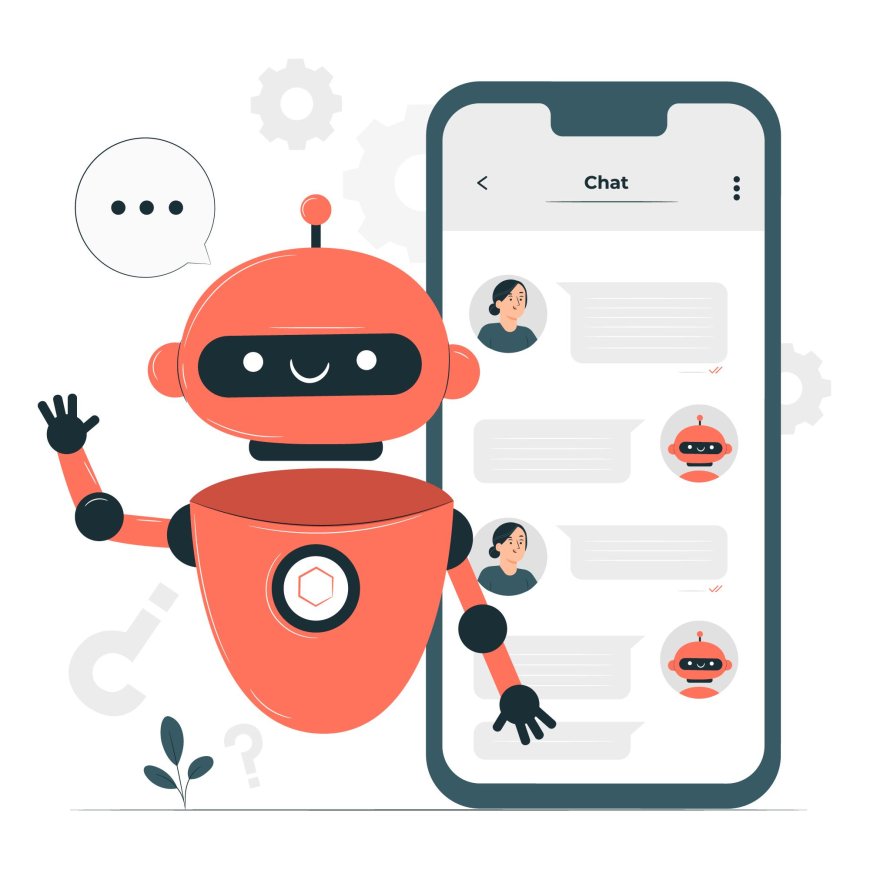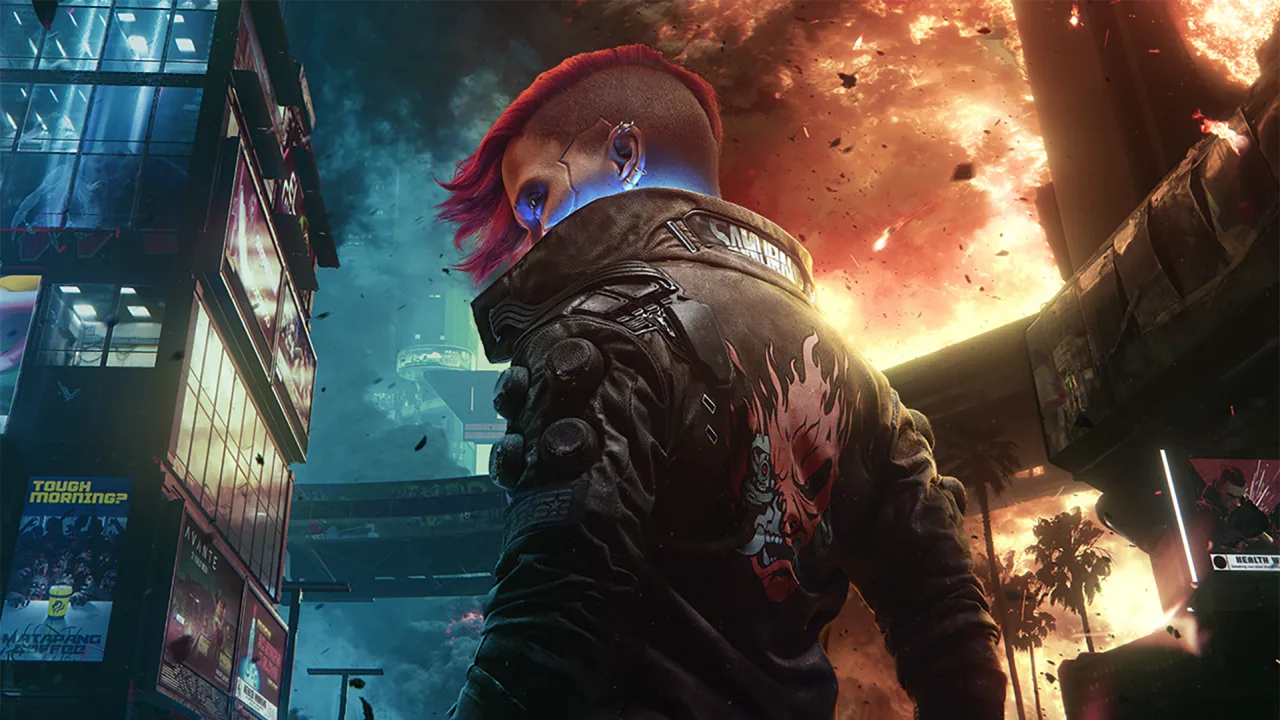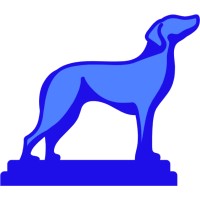Behind the Scenes of AI Chatbot Innovation and Integration
Discover how AI Chatbot Development Companies drive innovation, enhance UX, and integrate chatbots across industries for smarter customer interactions.

Over the last few years, businesses have been transformed by the surge in the need for intelligent customer service. AI Chatbot Development Company are at the heart of this change, which inspires advances and improves business operations. What goes on during the development of digital conversationalists? We'll now explore the complexities of building and adopting AI chatbots in detail.
Understanding the Rising Demand for AI-powered chatbots
With the digital age, faster communication has become available. Today's customers want quick, correct, and empathetic responses all day long. These chatbots meet these requirements while also helping to save costs and increase website participation. Businesses cannot do without virtual assistants to keep up in today's market.
Many industries, such as e-commerce, healthcare, banking, and logistics, now use chatbot technology to boost customer satisfaction, make services more efficient, and gather useful data insight.
The Core Technologies Behind Smart AI Chatbots
It is much more difficult to build a chatbot that thinks than to prepare set replies. This method relies on numerous modern technologies.
-
Natural Language Processing (NLP): NLP helps a chatbot understand what users want and mean.
-
Machine Learning (ML) helps chatbots become more accurate and responsive by teaching them what data teaches them.
-
Neural Networks: Contextual learning in Neural Networks allows computers to communicate like humans.
-
Speech Recognition & Synthesis: Speech recognition and synthesis components are significant for mobile interface bots that use voice.
AI Chatbot Development Companies combine these technologies to make flexible, innovative, and practical tools.
Key Steps in Modern AI Chatbot Development Workflow
Developing a chatbot takes time, effort, and many repeated steps. We will now summarize the main parts of the process.
-
Requirement Analysis: Understanding what the client seeks, plans to achieve, and wants to do with the system.
-
Bot Persona Design: Developing a way for bots to communicate based on how the brand would communicate.
-
Architecture Planning: Choosing the architecture format, programming language, and system hosting approach.
-
AI Training: Showing the bot different data sets so it can learn.
-
Testing & Iteration: The accuracy of the results is checked by performing tests and simulations.
-
Deployment & Monitoring: This stage includes integrating the chatbot into existing systems and continuously monitoring it.
Every stage requires accuracy, and it's at this point that an AI Chatbot Development Company's experience is most valuable.
The Role of Human-Centered Design in Chatbot UX
If the user experience isn't good, even the most advanced backend won't make the chatbot effective. Designing chatbots around how people interact is necessary to get the right tone and empathy.
-
Conversational Flow Mapping: Developing dialogues that are as natural as usual talk.
-
User Intent Prediction: The use of AI to determine user needs and give appropriate guidance.
-
Feedback Loops: Feedback from users regularly improves the quality of conversations.
No one wants a chatbot to feel like a machine, so our goal is to make it easy for users to get help without any upset.
Integration into Business Ecosystems and Legacy Systems
A significant problem when setting up a chatbot is getting it to work with other systems. Most businesses use different tools and systems that have been passed down over the years. A chatbot's features may be limited without being appropriately integrated, even if it is very advanced.
Modern chatbot platforms need to be easy to use and expandable. Third-party API Integration is the solution here. As a result, chatbots can access CRMs, ERPs, and other systems without interruption for users.
Leveraging Chatbots in Mobile and On-Demand Applications
Chatbots are increasingly being added to mobile and on-demand apps to give real-time answers, check order status, and recommend products. For food delivery and transport services, chatbots quietly support good customer service.
A Mobile App Development Company in USA can improve the look and usefulness of its app by including AI chatbots that answer questions and complete actions without human assistance.
An on-demand App Development Company can use chatbot technology to manage bookings, provide information to users, and address complaints—without needing a large group of support staff and boosting user involvement.
Customization vs. Off-the-Shelf Chatbot Solutions
Businesses often ask themselves: Should we create a chatbot from the beginning or use one that is already available? Everyone sees the benefits and drawbacks of these approaches.
-
Readymade solutions are easy and cost less, but you can't change them often.
-
Custom-built chatbots allow for more options, a company's signature look, and successful integration, but they are pricier and take more time to develop.
You should base your decision on what the company needs to achieve, how it will scale, and how much you can spend. For those businesses that do things differently, a custom solution from a Bespoke Software Development Company will be more worthwhile in the long run.
Real-World Use Cases: AI Chatbots Delivering Impact
AI chatbots are changing how we interact with customers in real life.
-
Retail: Retail businesses provide personalized shopping and prompt customer support.
-
Healthcare: Booking appointments, checking symptoms, and using telehealth are all possible in healthcare.
-
Banking: In the banking field, users get fraud warnings, fast access to account details, and fast loan processing.
-
Travel & Hospitality: Assistance in making travel arrangements, changing your itinerary, and support in many languages.
In each industry, businesses rely on chatbots to help them save time and encourage more customer engagement.
Future Trends in AI Chatbot Innovation and Strategy
The area of AI chatbots is always advancing. Here's what is coming in the future:
-
Emotionally Intelligent Bots: Chatbots can recognize tone, people's feelings, and mood.
-
Multimodal Interaction: I connect with my students by mixing text, voice, and visuals.
-
Decentralized AI Models: Protecting data privacy is possible with Decentralized AI Models, which process AI on the user's device.
-
Hyper-Personalization: Bots that get to know you personally and behave differently for everyone.
AI Chatbot Development Companies are looking into these technologies to keep ahead in the industry.
Conclusion
They have gone from answering simple queries to being important members of digital teams. Such systems are made possible by a mix of new technologies, smart planning, and user-focused designs.
The right company focused on building AI Chatbots can help startups improve their customer services, and big enterprises lessen support costs.
Because of advances in AI, chatbots will keep evolving to give us intelligent conversations that reform how we work.


























































































































































